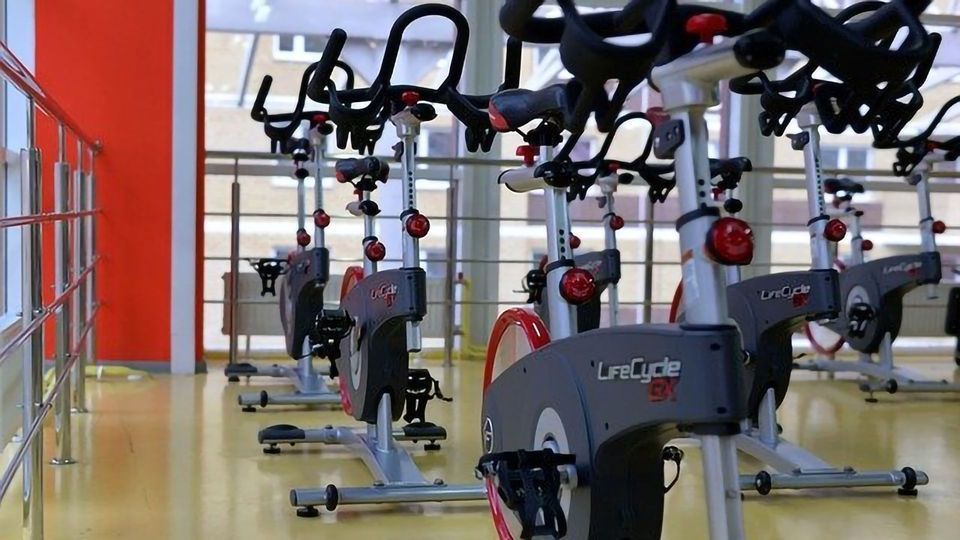Gym Equipment Harbors High Levels of Antibiotic-Resistant Bacteria

Complete the form below to unlock access to ALL audio articles.
Research presented at ASM Microbe Online found that 43% of Staphylococcus bacteria found on exercise equipment in university gyms were ampicillin-resistant, with 73% of those isolates being resistant to multiple additional drugs. The late Xin Fan, Ph.D., and her student Chase A. Weikel of West Chester University (WCU) conducted the research in cooperation with WCU’s John M. Pisciotta, Ph.D., associate professor of Biology.
According to the U.S. Centers for Disease Control and Prevention, roughly 120,000 S. aureus bacteremia cases resulted in 20,000 deaths in 2017. Skin abrasions are a common route of entry of pathogenic S. aureus strains. As highlighted by the ongoing COVID-19 pandemic, there is increasing public concern regarding communal areas as a bastion of infectious microorganisms.
Results of the study found 43% of 462 S. aureus isolates recovered from 45 different exercise equipment surfaces were ampicillin resistant. Of 60 representative ampicillin-resistant isolates, 73% were resistant to two or more additional drugs including erythromycin and sulfisoxazole.
"These results suggest regularly contacted surfaces in different recreational environments can harbor multi-drug resistant S. aureus (MDRSA) and should be disinfected frequently to best maintain public health and community wellbeing," said Chase A. Weikel, a 2018 graduate of West Chester University and current graduate student at Thomas Jefferson University in Philadelphia.
Samples were collected from 2 university recreational facilities. The surfaces gym patrons frequently touched, including dumbbells and barbell handles, cable pull grips, kettlebells, elliptical and treadmill handles were swabbed and plated on Mannitol Salt Agar (MSA). This selective and differential media was used to isolate and presumptively identify S. aureus. Isolates were replicated to MSA plus ampicillin. Isolates additionally resistant to oxacillin or penicillin were subsequently screened using CHROMagar™ MRSA; a sensitive and specific media used to screen for methicillin-resistant S. aureus (MRSA). Isolates that tested positive using CHROMagar™ were subjected to additional confirmatory methods including latex agglutination assay. Microscopy was used to confirm Gram-positive status and cellular morphology and arrangement.
Reference
This research is being presented as an ePoster at the ASM Microbe conference 2020.
This article has been republished from the following materials. Note: material may have been edited for length and content. For further information, please contact the cited source.

